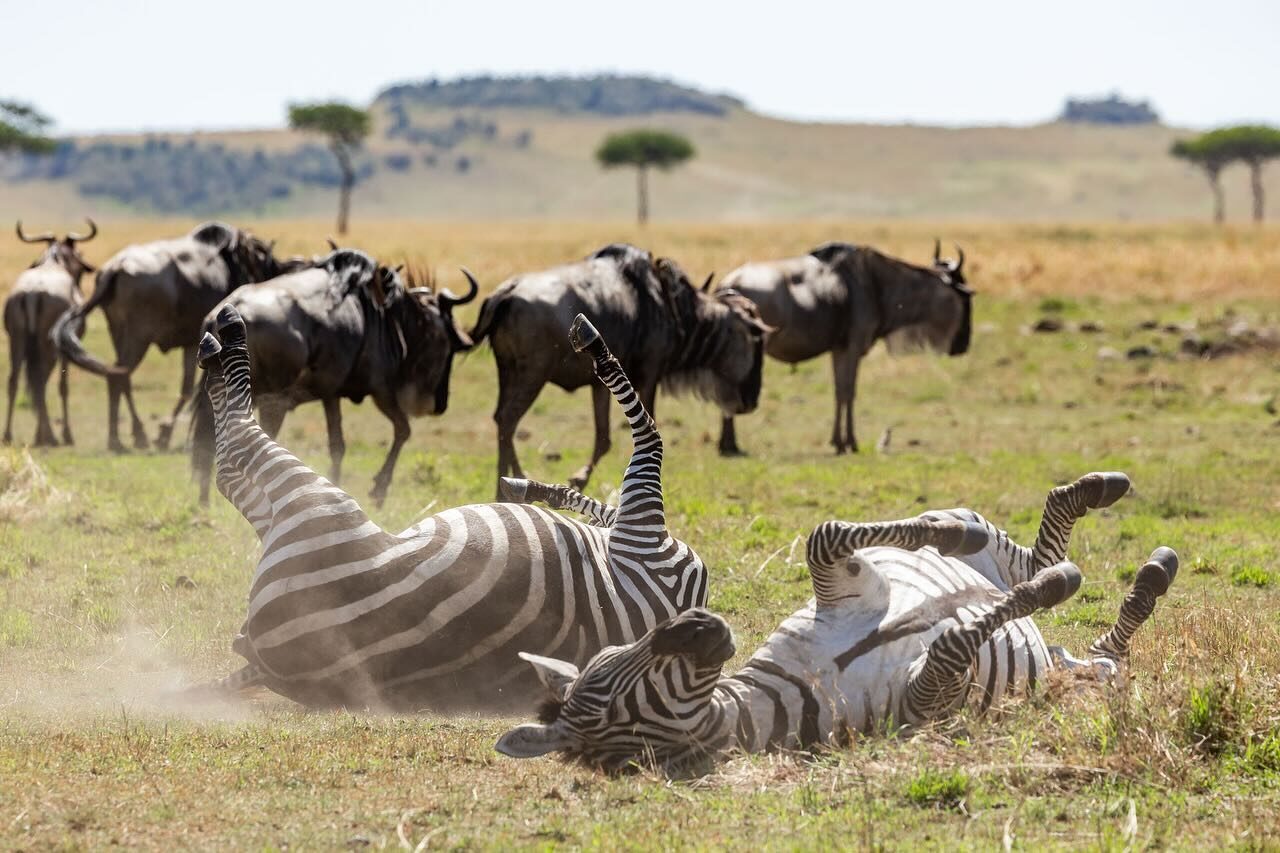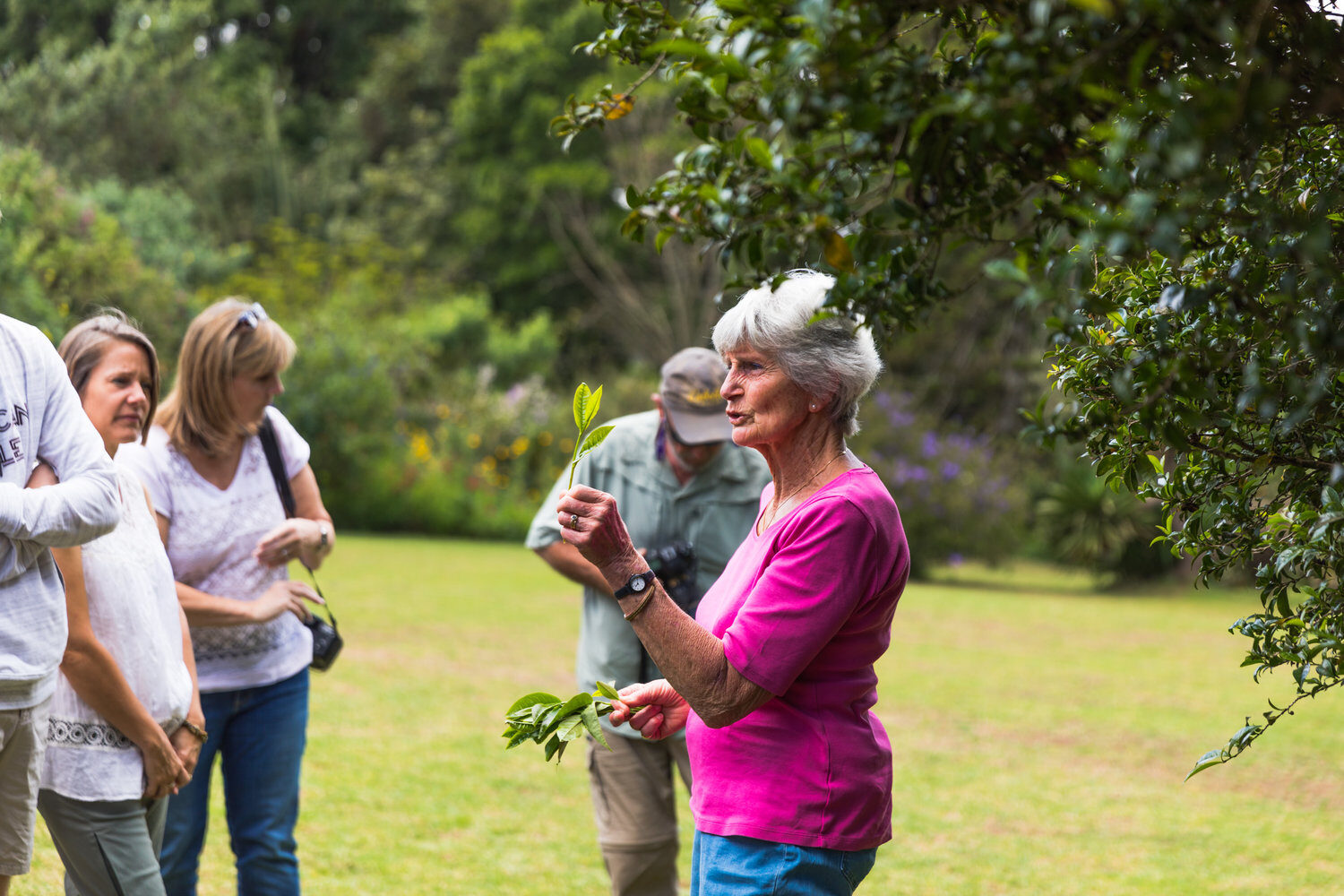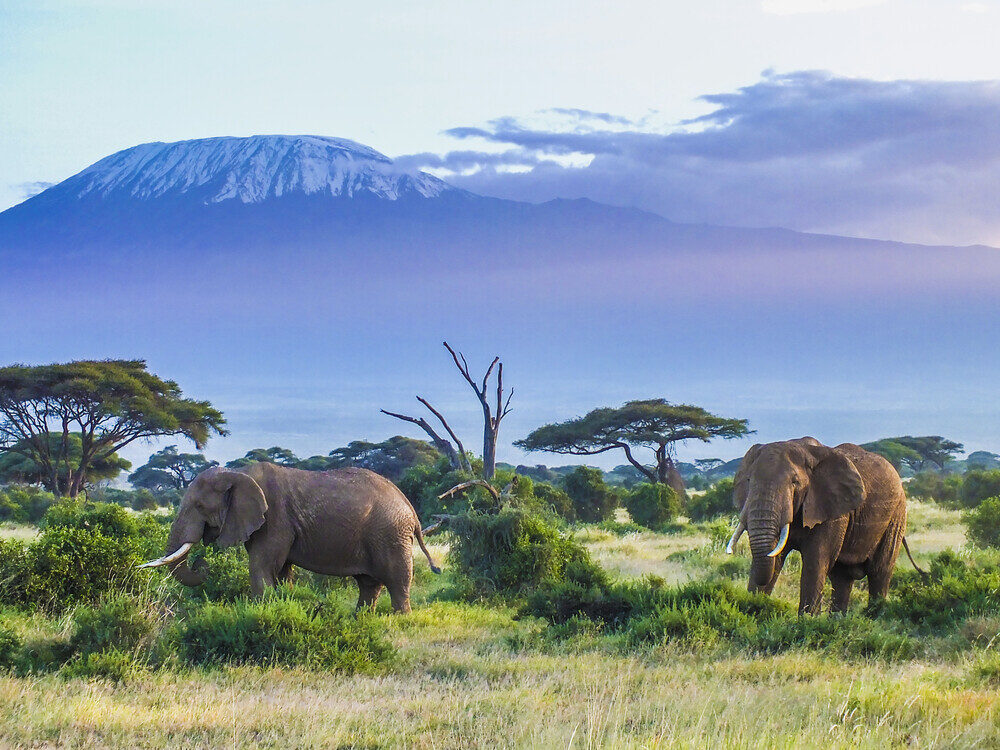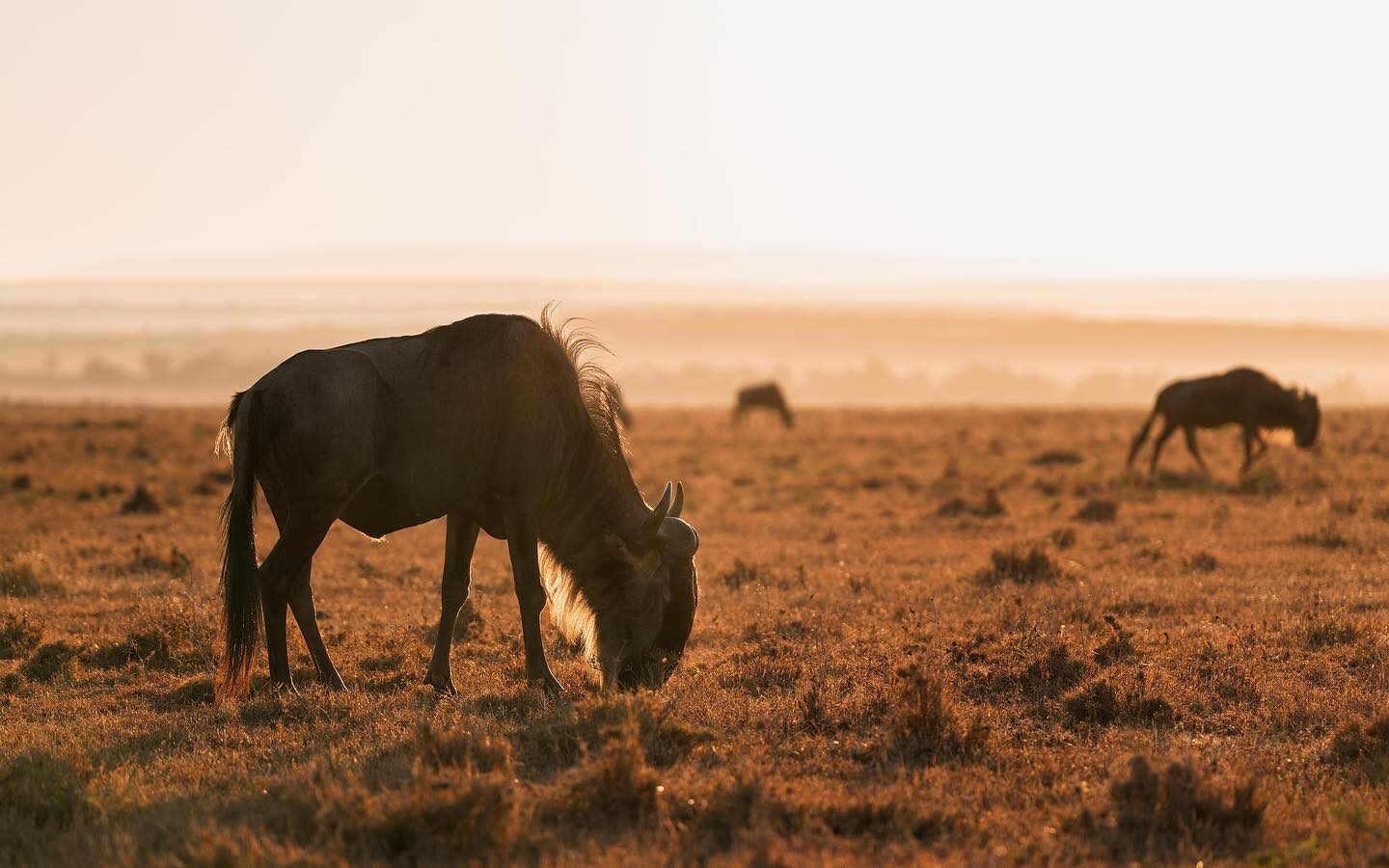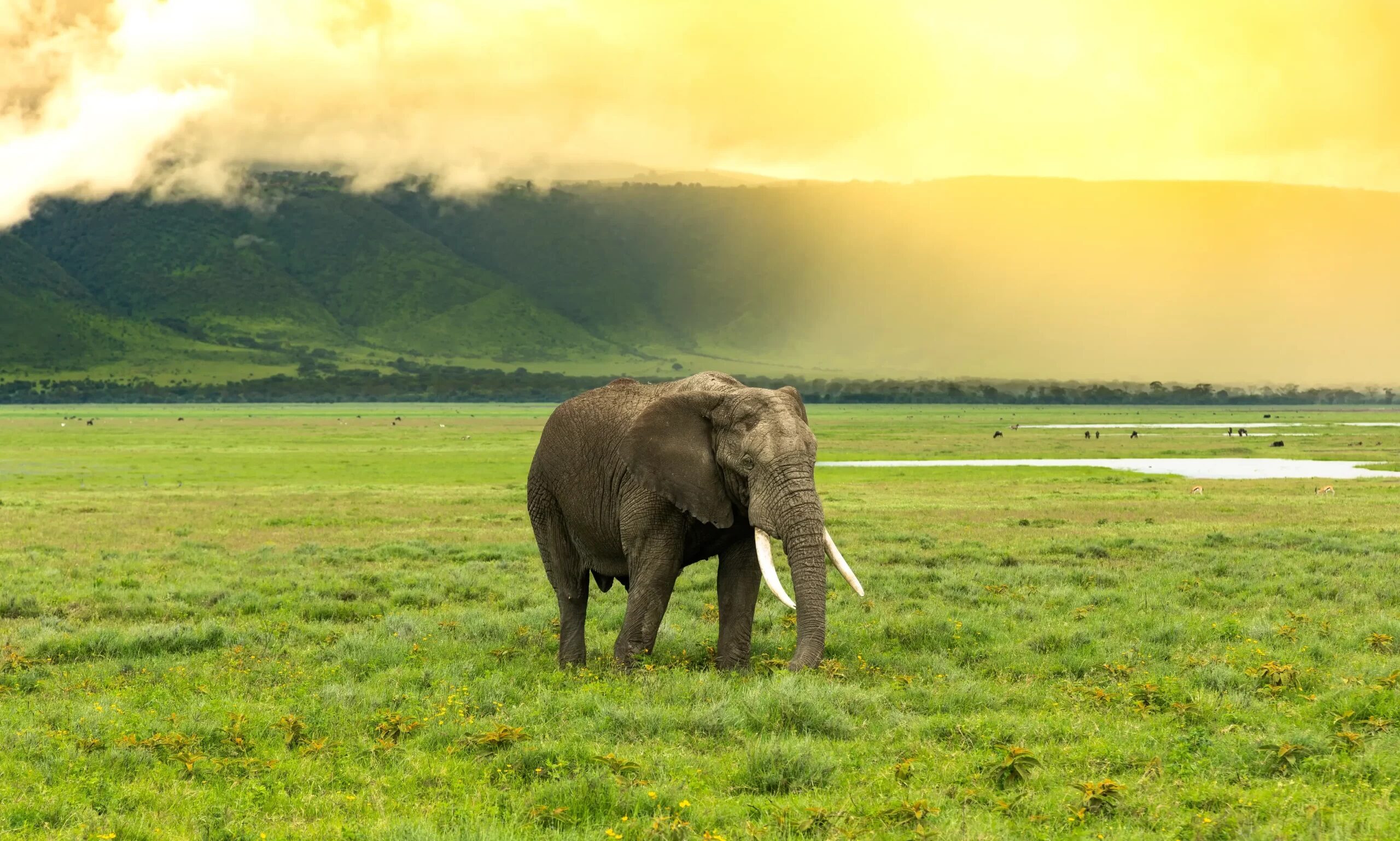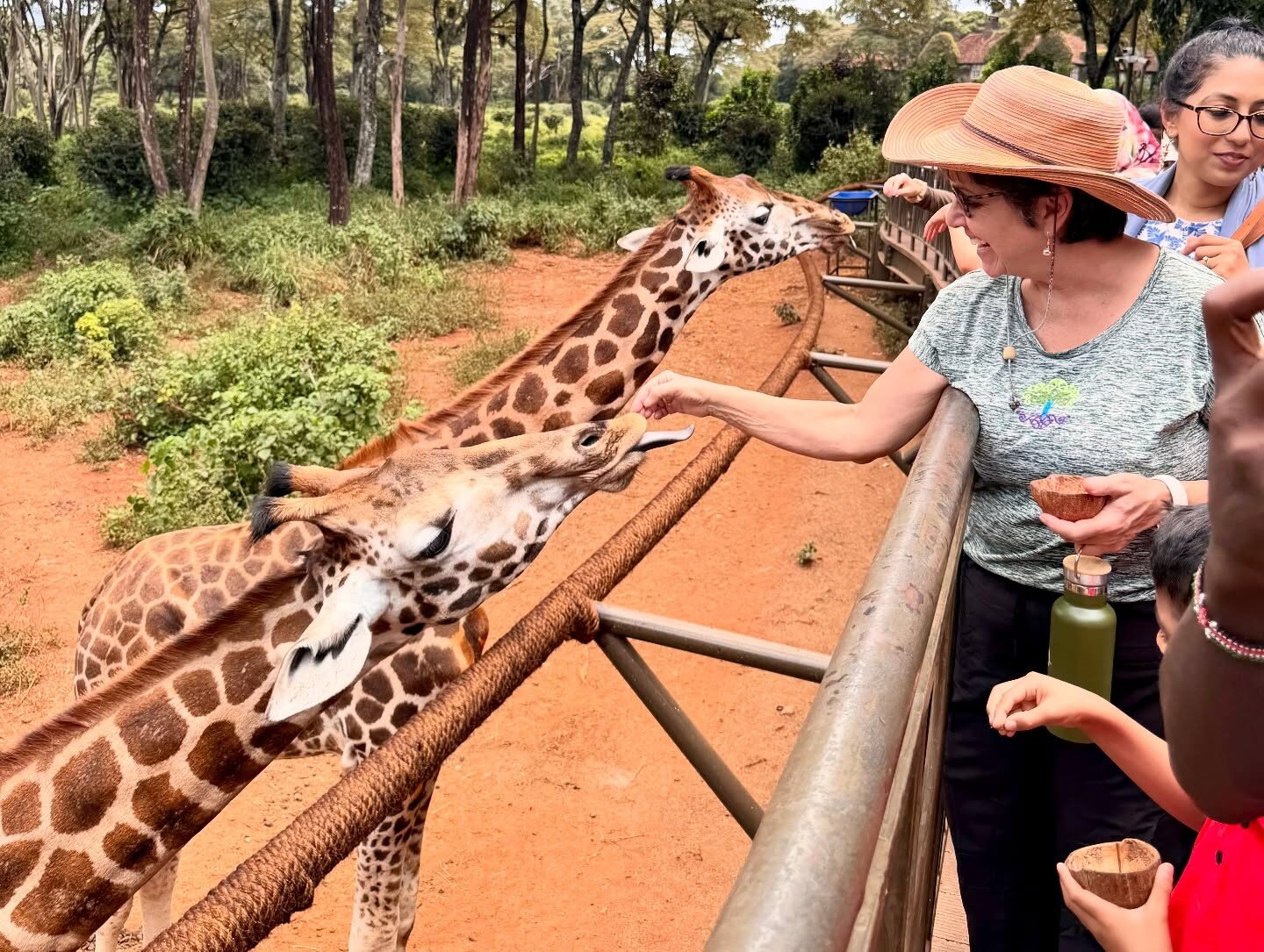Month-by-month safari weather guide for senior tourists: Which is better for senior safari travelers?
Why weather matters more for senior travelers than anyone else I used to think people booked safaris based solely on wildlife — you know, “When can I see the Great Migration?” But after planning dozens of trips for older travelers, I learned something fast: comfort trumps everything. Seniors want the animals, sure, but not at the cost of battling heat, mud, cold mornings, or even slippery lodge paths. One time, I booked a July safari for a lovely 72-year-old couple. I didn’t think twice. It was prime wildlife season. But I’ll never forget their email on Day 2: “We didn’t pack for these icy mornings!” I felt awful. From that moment, I made it my mission to match travelers not just with the wildlife, but the right weather — especially for seniors who value slow mornings, ease, and good sleep. January to March – Warm, green, and surprisingly good I call this the quiet treasure season. While most travelers are still in holiday mode, East Africa’s plains are lush and teeming with life. It’s baby season in the Serengeti — you’ll see calves, cubs, and foals wobbling through the grass. The temperatures hover around 26–29°C (79–84°F) during the day and cool down gently at night. It’s a little humid, yes, but not overwhelming. The crowds are low, and the animals? Still out and about — especially in southern Serengeti. April to May – Rain, mud, and my big fat mistake I’ll be honest: I once booked an early May trip to Amboseli and Naivasha thinking, “How bad can the rains be?” Let me tell you — our safari jeep got stuck twice, the lake road was basically a river, and our guests ended up having to walk a short stretch to the lodge in gumboots. It was… not great. April and May are the long rain season, and unless your client specifically wants green landscapes or discounted rates, I don’t recommend it for older travelers. The ground can be slick, mosquitoes more present, and some lodges even close. Daytime temps are still warm (around 25°C/77°F), but everything else gets complicated. June to October – The golden stretch for seniors Ah, now this is the sweet spot. June kicks off with cooler mornings (around 14°C/57°F) and pleasant days that sit nicely at 23–26°C (73–79°F). July and August stay dry, and by September-October, the light is golden, the dust isn’t unbearable, and the crowds are manageable — especially if you avoid mid-July. Most of my senior travelers fall in love with this window. Lodges are in full operation, guides are fresh and alert, and transfers are smooth — no flooding, no sticky heat. I had a couple do Masai Mara and Ngorongoro in September and they said it was “like stepping into a wildlife documentary — but with great pillows.” November to December – Short rains, fewer tourists, and relaxed vibes Now, here’s where I differ from most travel blogs. While some folks shy away from November due to the short rains, I think it’s one of the best-kept secrets for seniors. Yes, there’s the occasional afternoon shower, but mornings are still clear, and the parks come alive again. Temperatures rise a bit (27–30°C / 80–86°F), but the greenery returns, and everything smells fresh. I once had a client spot a black rhino and her calf in Lake Nakuru in early December — no other jeeps in sight, and the light after a light drizzle? Dreamy. Final thoughts: Pick your month like you’d pick your seat on a plane Safari weather isn’t just about sun or rain — it’s about how those conditions affect everything else: the roads, the animals, your energy, and your enjoyment. For senior safari travelers, the stakes are a bit higher. Mobility, comfort, and smooth logistics matter more than ever. If I had to give my best summary: So don’t just Google “best time for safari.” Think about your body, your pace, and what kind of travel feels good to you now. That’s the real answer to “which is better for senior safari travelers?” — it’s the month that makes the whole experience feel easy, beautiful, and deeply yours.

